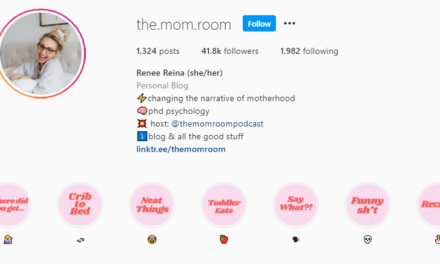Content isn’t created in a vacuum. Most of us rely on a variety of primary and secondary sources when writing content, using the information and insights of other people to create our best work. Unfortunately, too many content marketers neglect the importance of choosing the right sources, and their work suffers because of it.
Why Sources Matter
Your sources matter for three important reasons:
- Content Quality—If you use higher-quality ingredients in a meal, it’s going to taste better. Similarly, if you use higher-quality sources when researching your article, your article will end up much better for it. Relying on too many bad sources will weaken your arguments, and damage the effectiveness of your work.
- Reader Value—Links in your article aren’t just a formality; they exist to help your readers learn more about a given topic. If you only link bad sources, your readers won’t have as much supplementary material to work with.
- Brand Reputation—If readers see that you’re citing less-than-credible sources, or publications with little to no value, your brand reputation could take a hit. This is especially true if you rely on disreputable sources on a recurring basis.
Types of “Bad” Sources
Many content marketers end up citing “bad” sources in their work. These are just a handful of the types of bad sources you might see:
- Incomplete sources—Few sources are comprehensive, offering only one side of the story or a limited view on a complex problem. For example, Wikipedia may offer you a general overview of a topic, but it can’t give you any specific advice on what to do from there. These aren’t necessarily bad to cite, but you’ll need to make sure you draw from a wide variety of different sources if you want the full picture.
- Disreputable sources—Some sources are known for publishing bad information, or else have such low publication standards that you can’t trust whatever they’re publishing. For example, some of the least-trusted news sources in the country right now include Occupy Democrats, Buzzfeed, and Breitbart, compared to the most-trusted sources, like the Economist, Reuters, and public television. Sources with low authority scores, or limited traffic volume may also be considered disreputable by some parties.
- Sources with minimal other sources—Take a look at the sources your source is drawing upon. Are they linking to other high-quality sources? Or are they getting their information from a primary source, such as in an interview? If they don’t appear to be citing anyone or anything, you should consider the information you’re getting suspect.
- Old or obsolete sources—Knowledge has a half-life. As time progresses, we tend to learn more about a subject, eventually overwriting what we used to know with brand-new information, or slightly-tweaked information. If you rely on an article that’s a decade old to prove a point about a new piece of legislation, you might not be taken seriously. Always look to see if there’s a source with more updated information.
- Biased sources, or sources with ulterior motives—In many cases, individuals and organizations are motivated to publish stories for a specific reason. Rather than simply informing the public, they want to persuade the public, or get them to complete some specific action. Try to avoid these sources as much as possible, instead favoring neutral sources solely motivated by the spread of truth.
A Quick Checklist for Source Quality
If you’re looking at a source and you want to determine whether it’s credible or not, ask these questions:
- How established is this source? Is this a name you’ve heard before? How long have they been in business? Do they have lots of followers?
- Is this peer-reviewed? Who is fact-checking this work? Is there a team of editors in place, or is this peer-reviewed? Or can the author post almost anything they want?
- Who wrote this, and why? Check out the author of the work, including their past articles and current credentials. What is their motivation in writing this?
- Do other sources back this up? Review other sources on the same topic. Are they saying something similar, or do they have a different interpretation?
- How recent is this? When was this article published? Always look for a date or a secondary indication of age.
- Are there any glaring errors? Spelling and formatting errors are usually a sign that this work wasn’t properly reviewed.
Committing to using only credible sources in your work will make the quality of your content better, give more valuable information for readers to follow up with, and will ensure your own brand reputation remains in good standing. It only takes a few extra minutes per source as you research, and it has the power to save (or improve) your content campaign.






